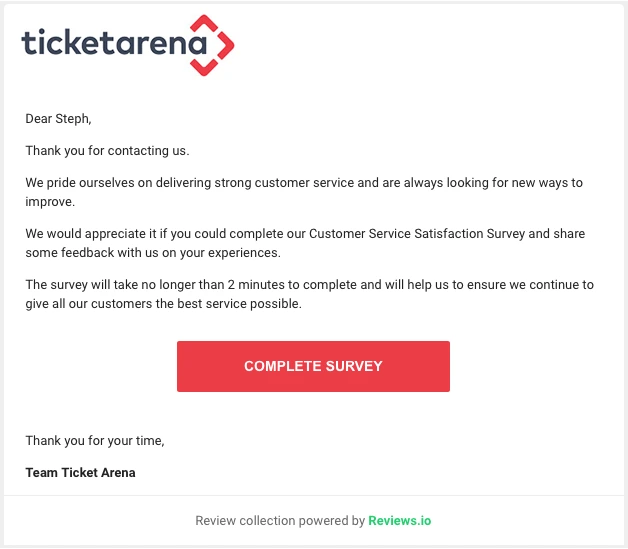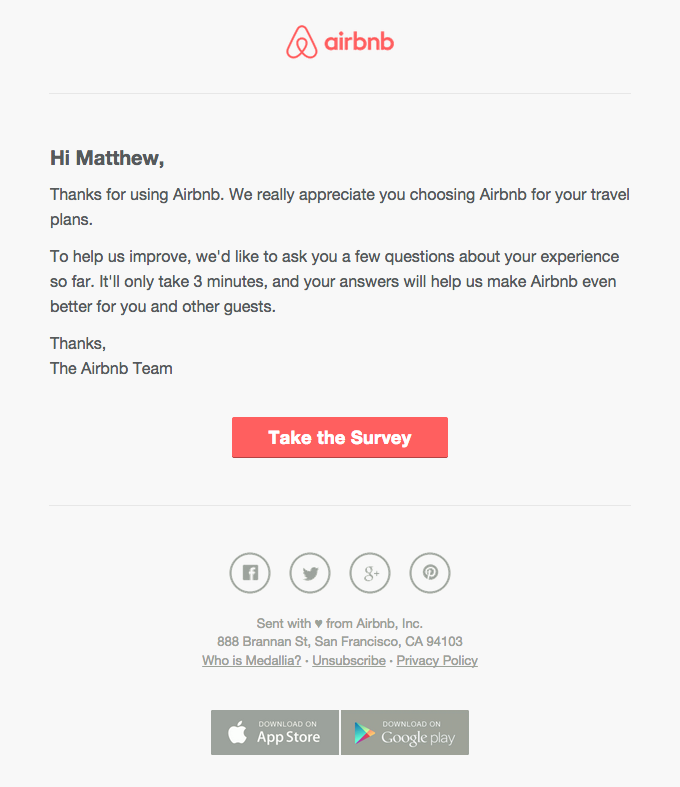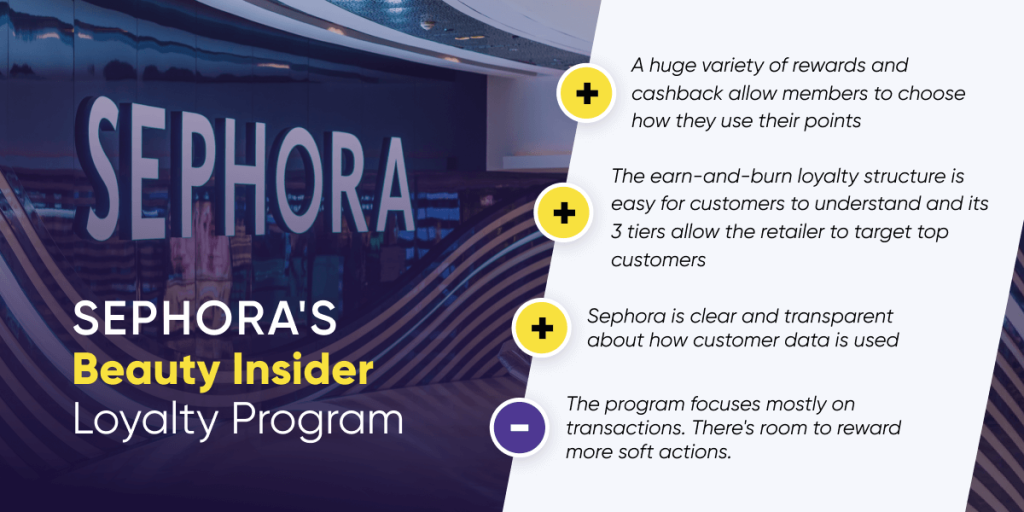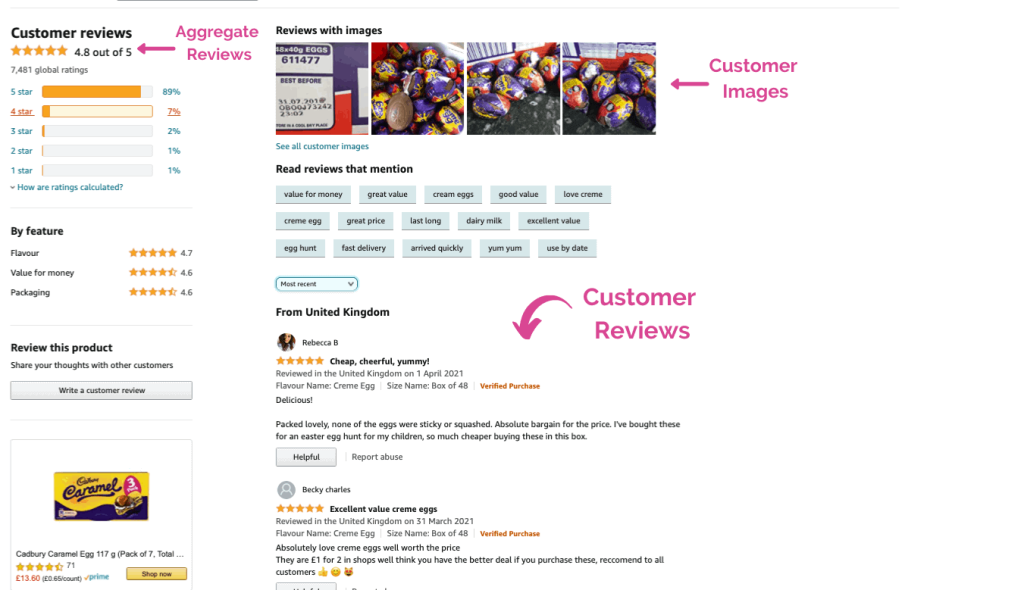It is a fact that your company’s strongest sales pitch comes from satisfied customers who have experienced your products or services firsthand.
While traditional business channels like marketing, advertising, and sales are increasingly met with suspicion. Only 33% of consumers genuinely place trust in companies. However, the proportion of consumers who trust reviews as much as personal recommendations from family and friends has risen by 4% since 2023.
In today’s competitive market, word-of-mouth recommendations and authentic customer testimonials are crucial in persuading potential customers to choose your business. But how can you effectively ask for these valuable testimonials?
In the following sections, we’ll delve into key strategies with the best examples to help you request testimonials naturally and respectfully, maximizing the chances of receiving valuable testimonials.
What is a customer testimonial?
A customer testimonial is a statement or endorsement from a satisfied customer that highlights their positive experience with a product, service, or brand. These testimonials often emphasize specific benefits, quality, and overall satisfaction, serving as social proof to potential customers. They can be presented in various formats to build trust and credibility.
Effective Methods on How to Ask for A Testimonial from Customers
Gathering testimonials from satisfied customers not only showcases the quality of your products or services but also fosters engagement with your brand. In this guide, we’ll explore effective methods for requesting testimonials from your loyal customers:
1. Ask through Email
Email is a simple and effective way to request testimonials from customers. Craft a personalized message that expresses appreciation for their support, creating a welcoming environment for feedback. Including a testimonial request template can streamline the process, making it easier for clients to share their experiences without feeling burdened.
Essential Tip: Plan your time strategically – reach out soon after a positive purchase or interaction. If you don’t receive a response, follow up with a gentle reminder to encourage customers to share their thoughts.
2. Interview Your Customers
Conducting interviews is an excellent way to gather in-depth testimonials. Use open-ended questions, such as, “Can you describe your experience with [your product or service]?” to elicit detailed responses. This method not only provides valuable feedback but also helps you better understand your customers’ needs.
Essential Tip: Prepare targeted questions that address their motivations for purchasing, the benefits they received, and any challenges they encountered. Additionally, asking for photos of clients using your product can enhance the authenticity of the testimonials.
3. Co-write the Testimonial with Customers
Co-writing testimonials can lead to richer and more descriptive feedback. Many customers may feel unsure about what to say, so guiding them through the process can alleviate their concerns. Start by discussing their experiences and the results they achieved, then summarize their insights into a cohesive testimonial.
Essential Tip: This approach offers significant advantages, as it provides an opportunity to address any negative feedback directly. Assisting clients in resolving their issues with your product can turn a potentially negative experience into a positive testimonial, reinforcing your commitment to customer satisfaction.
4. Monitor Social Media Mentions
Social media is a valuable platform for collecting organic testimonials. Customers often share their positive experiences without any prompting, providing authentic feedback. Actively monitor these mentions and engage with customers who post about your brand to encourage more testimonials.
Essential Tip: When you come across a positive comment, reach out to the customer and ask for permission to share their feedback on your website or in marketing materials. This not only acknowledges their support but also provides social proof to potential customers. Besides, engaging with customers on social media also fosters a sense of community and encourages others to share their experiences.
5. Utilize SMS Templates for Customer Outreach
SMS is a helpful method for requesting testimonials, as texts typically have higher open rates than emails. Before sending a text, ensure you have the recipient’s permission to communicate this way. Keep your messages short and friendly, clearly asking for their feedback in an approachable manner.
Essential Tip: Consider using an SMS app that allows you to automate the sending of messages and track responses. Trustify’s first pick is Omega Messenger on Shopify App Store. Space out your messages to avoid overwhelming your customers, and be mindful of timing—reach out shortly after a positive interaction for the best results. Additionally, follow up with a gentle reminder if you don’t receive a response, as this can encourage more customers to share their experiences.
How to ask for customer testimonials?
This guide provides comprehensive information for requesting customer testimonials, including real-world examples from successful brands.
1. Define Your Goals
Before you ask for testimonials, defining what you hope to achieve is essential. Here are some questions to consider:
- What type of testimonial do you need? Determine if you want a short quote, a detailed case study, or a video testimonial, …
- What will the testimonial be used for? Will it be featured on your website, shared on social media, or used in email marketing campaigns?
- What specific information do you want? Outline the key points you want your customers to address, such as their experience with your product or the results they achieved.
Salesforce often seeks specific feedback on their products’ effectiveness, encouraging customers to focus on metrics and outcomes when providing testimonials.

2. Simplify the Submission Process
Make it as easy as possible for customers to leave testimonials. A complicated process can deter even the most enthusiastic customers. Here are some strategies:
- Minimize the number of clicks: Create a direct link to a testimonial submission form or review page.
- Provide clear instructions: Outline what you want them to include and how long it should take.
- Use templates: Offer a few guiding questions or examples to inspire their response.
Ticketarena was leaving reviews straightforwardly. After customers use this app, they receive an email thanking them for their visit and inviting them to share their experience with a direct link to the review page.

3. Personalize Your Approach
Personalizing your request can significantly increase the likelihood of receiving a testimonial. Here’s how to do it:
- Use the customer’s name: Start your communication with a warm greeting.
- Acknowledge their relationship: Reference their previous interactions with your brand to make them feel valued.
- Tailor your message: Consider their purchase history and why they might appreciate your product or service.
Zappos is known for its personalized customer service. When requesting feedback, they often reference past purchases, making customers feel recognized and appreciated.

4. Choose the Right Communication Channel
The medium you use to ask for testimonials can influence your success. Here are several channels to consider:
Ask in Person: If you’re starting out and don’t have an established email list, asking for testimonials in person is a valuable approach. When customers visit your shop, take the opportunity to engage with them directly.
You can begin the conversation like this:
“Hi [customer name]! It’s great to see you again. We really appreciate your support and would love to hear about your experience with [business name]. If you have a moment, would you mind writing down a few thoughts or sharing a quick video testimonial? It really helps us improve and grow!”
Ask via Email: Another effective and straightforward way is requesting testimonials via email. Compose a friendly, concise message that expresses your gratitude and invites feedback.
You can refer to this sample:
Subject: We’d Love Your Feedback!
“Hi [customer name],
Thank you for choosing [business name]! We value your opinion and would love to hear about your experience. If you could take a moment to share your thoughts, it would mean a lot to us. You can leave a review here: [link to review page].
Alternatively, if you prefer, you can fill out this quick feedback form: [link to custom feedback form].
Thanks again for being a valued customer!
Best,
[Your Name]
[Your Position]”
Ask via SMS: Sending a text message can yield quick and effective responses. Reach out right after a purchase, when customers are most likely feeling satisfied.
Below is a typical example
“Hi [first name], thank you for choosing [business name]! We’d love to hear about your experience today. Please share your thoughts here: [review link]. Your feedback means so much to us!”
Ask on Your Website: Adding a feedback form to your website can help you collect testimonials effortlessly. Include a simple button or pop-up encouraging visitors to share their experience.
Example Website Prompt:
“Share Your Experience!
We value your feedback. Click here to leave a review and let others know about your experience with [business name]. Your input helps us improve and grow!”
This approach ensures your customers have multiple, convenient ways to provide testimonials, increasing the likelihood of receiving valuable feedback.
5. Follow Up Gently
If a customer hasn’t responded to your initial request, it’s acceptable to send a follow-up. Here’s how to do it effectively:
- Timing: Wait a week or two after your initial request before sending a follow-up.
- Be courteous: Thank them for their previous support and gently remind them of your request.
- Provide additional context: If they expressed satisfaction during a prior interaction, mention that to encourage them to share their experience.
Airbnb sends follow-up emails to guests after their stay, thanking them for choosing a host and inviting them to leave a review of their experience. Their follow-ups are friendly and appreciative, emphasizing the importance of guest feedback.

6. Incentivize Participation
Offering incentives can encourage customers to provide testimonials. However, be careful to ensure that the incentive does not bias their feedback. Here are some ideas:
- Discounts or Coupons: Offer a small discount on future purchases in exchange for their testimonial.
- Loyalty Points: If you have a loyalty program, consider providing points for leaving a review.
- Giveaways: Enter customers into a raffle for a prize if they submit a testimonial.
Sephora utilizes their Beauty Insider program to incentivize reviews. Customers earn points for every review they write, which they can redeem for discounts and exclusive products, motivating them to share their experiences.

7. Make It Easy to Leave Feedback
To maximize participation, consider:
- Providing Examples: Showcasing exemplary testimonials can guide customers in formulating their responses.
- Using Templates: Providing a template can alleviate the burden of figuring out what to write.
On any popular Amazon product page, you’ll see “Top reviews” featuring detailed feedback from other customers, helping to guide new buyers in leaving similar reviews. Amazon even highlights specific aspects such as “Great value” or “Great Price” to encourage meaningful contributions.

8. Showcase Testimonials
Once you receive testimonials, display them prominently to maximize their impact. Here’s how:
- Highlight them on your website: Create a dedicated testimonials page or showcase testimonials on your homepage.
- Share on social media: Regularly post testimonials on your social media channels to reach a wider audience.
- Use in marketing materials: Incorporate testimonials into your email campaigns, brochures, or advertisements to enhance credibility.
Slack regularly shares customer testimonials on their social media channels, including Twitter and LinkedIn. They create visually appealing posts featuring quotes from satisfied users or clients. For example, they might post a graphic that includes a customer’s quote about how Slack improved their team’s collaboration, which reaches a wider audience and boosts brand visibility.

Where to Display Customer Testimonials on Your Website?
Featuring high-quality testimonials on your website is a strategic way to establish trust and credibility with potential customers. Placing them in key locations can significantly enhance their impact. Here are the best places to position testimonials for maximum effect:
Homepage
Displaying testimonials on your homepage ensures they’re immediately visible to visitors, building trust from the moment they land on your site. Use short, powerful quotes that highlight your strengths, and consider adding photos or company logos to increase authenticity. This creates a strong first impression, setting a positive tone for the rest of their browsing experience.
Dedicated Testimonials Page
Creating a separate page specifically for testimonials allows you to present a comprehensive collection of customer stories. This page can include a variety of text and video testimonials to provide deeper insight into customer satisfaction and showcase your product’s or service’s impact. Using the Trustify Reviews App, you can easily gather, manage, and display both written and video testimonials in an organized, professional manner.
Product or Service Pages
Positioning testimonials directly on product or service pages allows you to provide relevant social proof where it matters most. Place these endorsements next to product descriptions, pricing, or “buy now” buttons to reinforce trust and influence purchase decisions. Make sure these testimonials are specific to the product or service on that page to maximize relevance and impact.
Checkout Page
Featuring testimonials on your checkout page can be an effective way to address any last-minute hesitations and provide the final nudge for completing a purchase. Include short, reassuring quotes that emphasize positive experiences with product quality, quick shipping, or excellent customer service. These can help eliminate doubts and boost conversion rates at this critical stage of the buyer’s journey.
By strategically placing testimonials in these key areas, you can create a seamless flow of social proof throughout your site.
FAQs
1. How can you make your testimonial request stand out from the crowd?
Personalization is key. Address the customer by name, and reference specific details from your interaction. This shows that you’ve paid attention to their needs and that their feedback matters. Additionally, offer an incentive, such as a discount on their next purchase or a free consultation, to show your appreciation.
2. What should I do if a customer hesitates to provide a testimonial?
If a customer seems hesitant, gently probe for their reasons. They may feel unsure about what to say or worry about their privacy. Assure them that their feedback can be brief and that you can help guide them by providing examples or templates. This can ease their concerns and encourage them to share their experiences
3. How can you ensure that the testimonials you collect are authentic and representative of your customers’ experiences?
Transparency is essential. Be upfront about how you’ll use the testimonials and ensure that customers have the option to remain anonymous if they prefer. Additionally, consider using a third-party review platform to collect and verify feedback.
WRAP UP
Understanding how to request testimonials is vital for enhancing your brand’s credibility and attracting new clients. To succeed in this endeavor, approach your customers respectfully and at the right time, ensuring that the process is straightforward and convenient for them. Utilize diverse platforms such as email, SMS, social media, and your website to make your requests, adapting your approach to fit each medium. Additionally, consider providing examples, templates, or incentives to encourage participation and simplify the feedback process.
By implementing these strategies in this article, you can gather valuable testimonials that showcase customer satisfaction and ultimately strengthen your business’s credibility and appeal.
